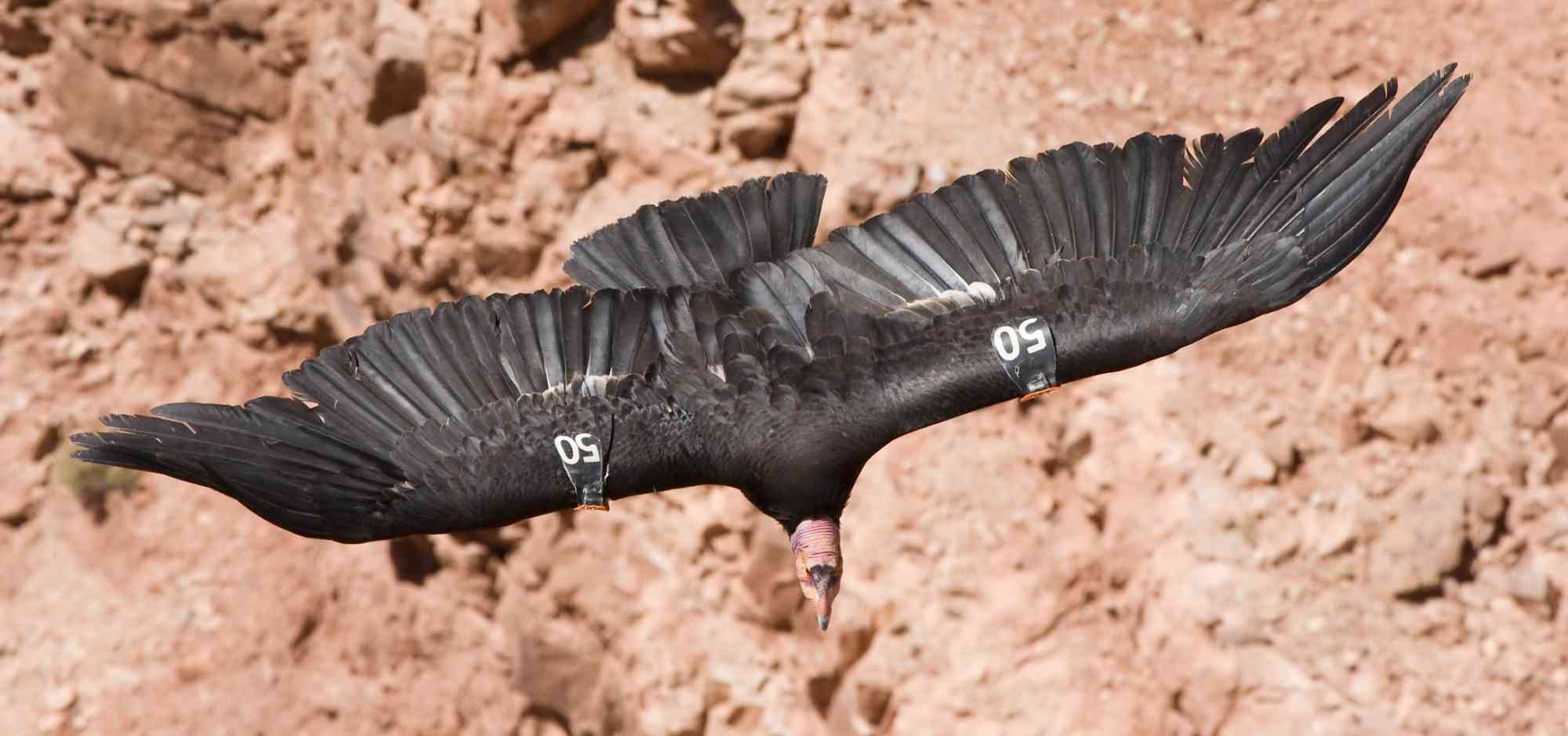Kim Delfino, California Program Director

Bald eagle, ©Wes Gibson
Who do you think we should be listening when it comes to wildlife policy? Scientists or lead ammo lobbyists? That’s the key question confronting the California state legislature as it considers a bill requiring the use of non-lead ammunition for hunting.
Lead ammo poses a significant threat to wildlife, not the least of which is the imperiled California condor. Hunters shoot their prey with lead ammo and carrion eaters like condors and eagles come along and feast on the remains, swallowing lead shot in the process. The poison then works its way into their system and they slowly die an agonizing death.
But a bill introduced into California’s Legislature (AB 711) would require the use of non-lead ammunition in the killing of wildlife in California. It faces its first vote April 16th when it will be taken up by the Assembly Water, Parks and Wildlife Committee.
Opponents of this bill claim that there is insufficient science to justify requiring non-lead ammunition in the killing of wildlife. But those arguments ring hollow, especially after 30 nationally and internationally known scientists issued a strongly worded statement, “Health Risks from Lead-Based Ammunition in the Environment: A Consensus Statement of Scientists,” on March 22nd.
These scientists are experts in lead and environmental health from universities, hospitals and laboratories from around the United States, England and Canada. And they were unequivocal in their assessment of lead’s toxicity and their support for the reduction and elimination of the use of lead ammo in order to protect human and environmental health. Here are a few excerpts from this statement:
- “Lead is one of the most well-studied of all anthropogenic toxins and there is overwhelming scientific evidence that demonstrates . . .[l]ead is toxic . . ….”
- “There is no level of lead exposure to children known to be without deleterious effects (CDC, 2012).”
- “Lead-based ammunition is likely the greatest, largely unregulated source of lead knowingly discharged into the environment in the United States. In contrast, other significant sources of lead in the environment, such as leaded gasoline, lead-based paint, and lead-based solder, are recognized as harmful and have been significantly reduced or eliminated over the past 50 years.”
- “The discharge of lead-based ammunition and accumulation of lead-spent ammunition in the environment poses significant health risks to humans and wildlife.”
- “Lead poisoning from ingestion of spent lead-based ammunition fragments poses a serious and significant threat to California wildlife.”

X-ray of lead shot in the digestive tract of a young bald eagle. ©USGS
This last point was sadly illustrated when the golden eagle mentioned in my last blog post died in mid-March, just five days before the scientists’ statement was issued. The eagle was poisoned by eating lead ammunition fragments in a carcass. Despite heroic efforts by the veterinary staff at the Bird and Pet Clinic in Roseville, California, to bring down the extraordinarily high lead levels in this majestic bird, the damage was done and the eagle died of respiratory failure.
There is no scientifically valid reason why wildlife and humans should continue to be threatened with lead poisoning from lead ammunition. Opponents of the bill are just ignoring the facts – just like those who fought against getting lead out of gasoline, paint and cans used for food. Fortunately, science and common sense prevailed in those efforts. I can only hope we listen to the scientists again and California legislators ultimately approve this important bill. Stay tuned!
Author
comments



